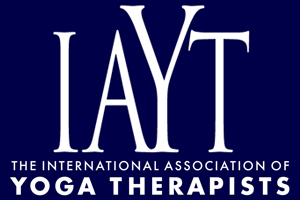Yoga for People with Repetitive Strain Injury (RSI)
Repetitive strain injury (RSI) is the leading occupational disease in the United States, yet very few Yoga teachers know how to offer a safe lesson for injured students. Symptoms of RSI can appear in the neck, shoulders, elbows, and wrists, and many Yoga postures can make them worse. RSI can be severely disabling, leading to unemployment and chronic pain or weakness. Common risk factors for RSI include computer or other intensive occupational or recreational hand use. Warning signs of RSI can be extremely subtle, and should be taken seriously. Yoga, if expertly modified for the person's injury, can be enormously helpful for people with RSI; however, the wrong âsana practice can make matters significantly worse. The challenge for Yoga teachers and therapists is to both understand general principles of practice for RSI, and how to adapt to the individual. Some of these general principles are counterintuitive to many teachers. This paper discusses techniques for doing Yoga without exacerbating injuries. Other Yoga practices, such as pratyahara (withdrawal of the senses), meditation, and breathing techniques, can help reduce symptoms of RSI. Yoga precepts of yama and niyama, such as self-study and truthfulness, encourage people to look at lifestyle patterns that can lead to injury and reinjury. Proper practice of Yoga can lead to long-term diminution of symptoms and improved hand function.
